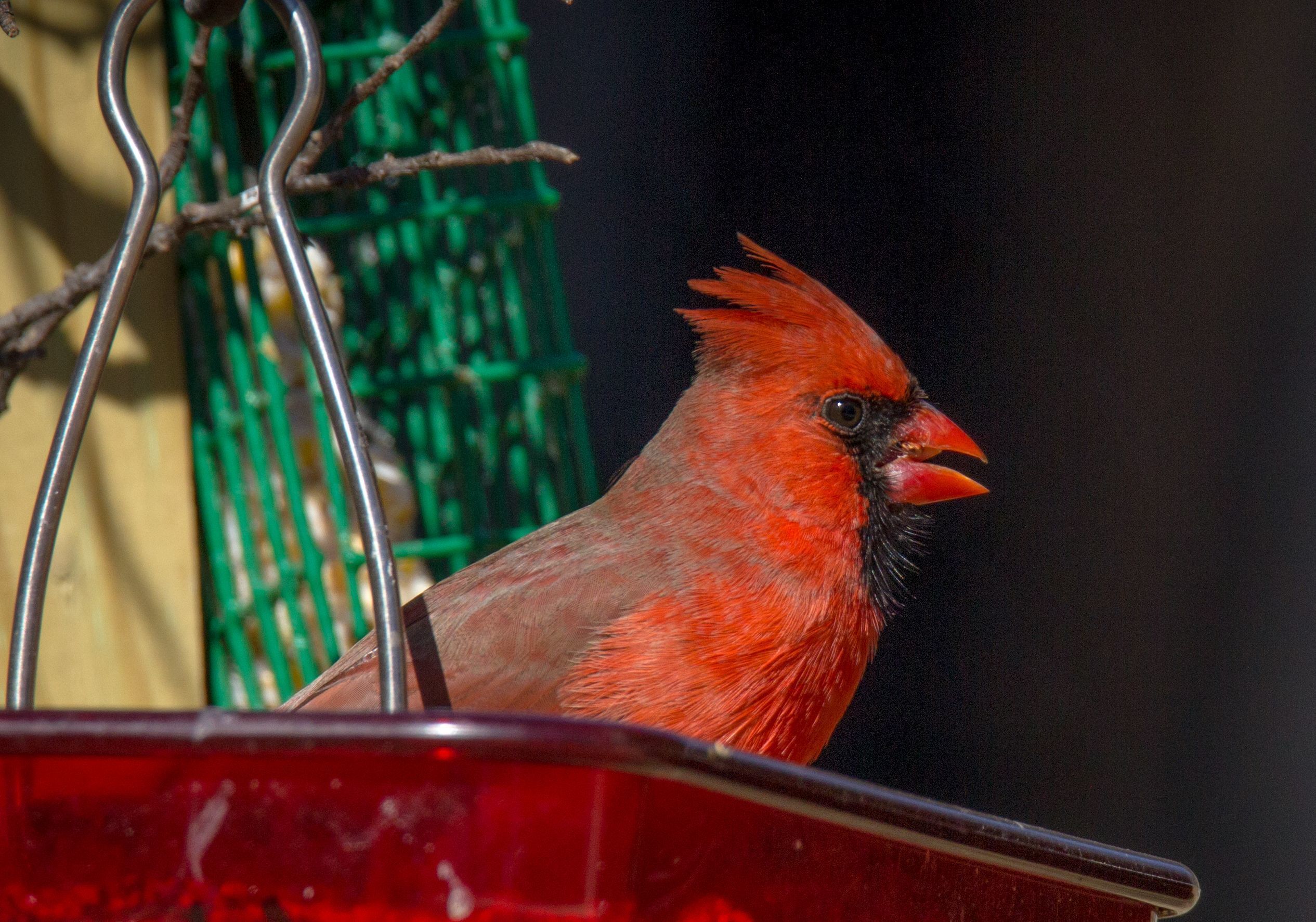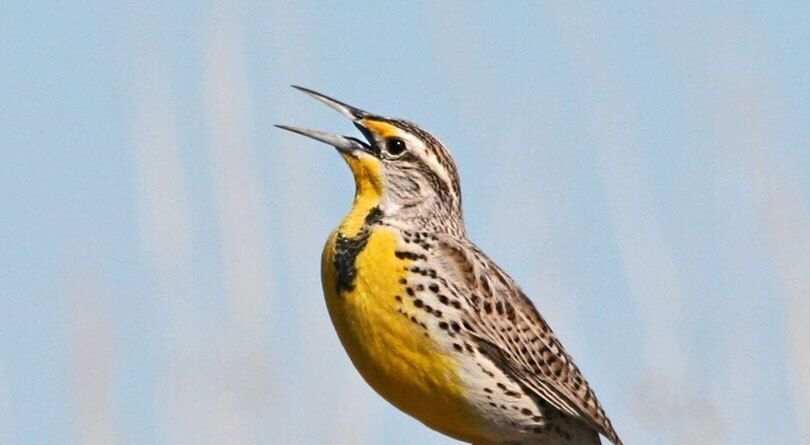
Photo by Mike Benkis
Your bird feeder is kind of a tourist trap. Imagine a bustling restaurant on Times Square, drawing countless visitors from across the country and around the world in a single season. They gather around tables or at the bar, bunched close and chowing down.
Sure, most people maintain an acceptable level of hygiene, and some seasons are slower than others. But what if the restaurant was never cleaned?
Let’s face it: It’s probably time to clean your feeder. A dirty feeder can cultivate deadly bacteria and promote the spread of disease as seed decays and droppings accumulate. This summer, an as-yet-unknown pathogen has harmed thousands of birds that visited feeders on the East Coast and as far west as Indiana. The disease has not been identified in Nebraska, meaning it is not necessary to take down your feeders, but it is important to stay vigilant.
To ensure your tiny feathered tourists (and, of course, honorable residents) are convening at disease-free feeding zones, you’ll need to make cleaning your feeders a routine occurrence.
Cleaning frequency can differ depending on the type of feeder as well as the weather. Hummingbird feeders need more frequent cleaning, approximately every 3-5 days, sooner if the water begins to look cloudy. Plastic tube feeders with small feeding holes can trap moisture and speed up mold growth, especially with the help of summer heat and rain.
“You don’t want it to get rotten or moldy,” says Jason St. Sauver, senior education manager at Audubon Nebraska’s Spring Creek Prairie Audubon Center. Sometimes, he says, if a feeder just won’t clean, it’s safest to throw it away and start fresh.
As a general rule, most non-hummingbird feeders need cleaning every couple of weeks. The Cornell Lab of Ornithology recommends either taking the feeder apart and putting it in the dishwasher on a hot setting or hand-washing it with soap and boiling water or with a bleach solution, no more than 1 part bleach to 9 parts water.
St. Sauver says he prefers to use natural ingredients, such as distilled white vinegar or apple cider vinegar, with up to a 1-to-1 vinegar-to-water ratio.
After washing, be sure to rinse the feeder thoroughly and allow it to dry completely.
Wildlife specialists across the country have been working around the clock to deduce the cause of the illness affecting birds east of Nebraska. While the race continues, fortunately, the number of sickened birds in Mid-Atlantic states has declined in recent weeks, St. Sauver says.
Still, we encourage you to maintain a watchful eye. If you notice birds in your backyard with swollen or crusty eyes and exhibiting odd behavior, call Nebraska Game and Parks at (402) 471-0641 or Audubon Nebraska at (402) 797-2301.

